With its sleek delta-wing design, the aircraft is renowned for its agility and high speed. Discover the best of the MiG-21 Interceptor, represented by the ultimate and latest version, the MiG-21 Bison. Proudly standing as the unrivalled pinnacle of air superiority for the Indian Air Force (IAF), it approaches its well-deserved retirement. Remarkably, the MiG-21 Bison continues to reign supreme, maintaining an unyielding legacy of excellence throughout its distinguished existence.
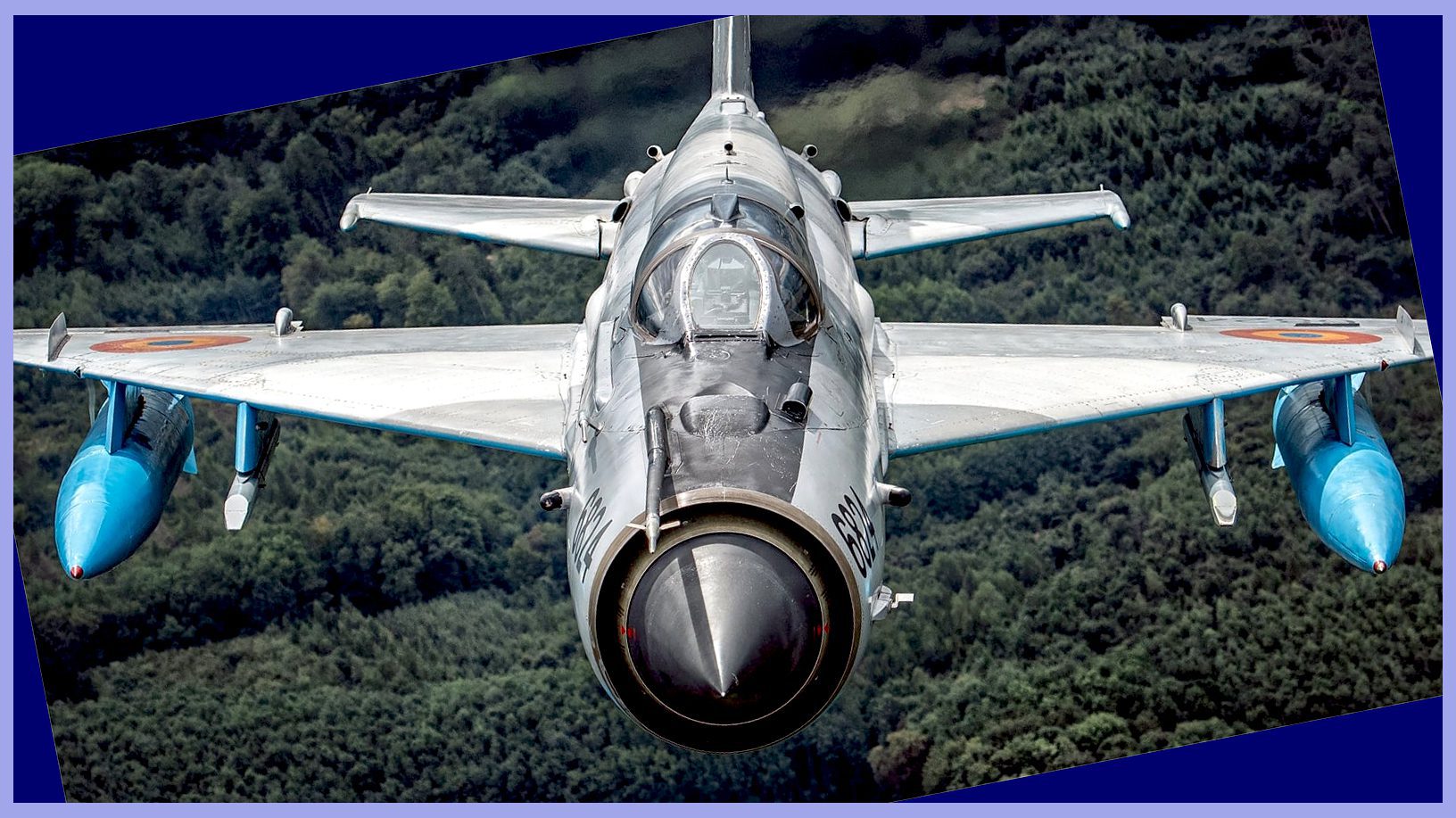
Astonishingly, even after six decades since its inaugural flight, the MiG-21 still remains operational in a few countries, having been flown by approximately 60 nations across four continents. This iconic aircraft shattered aviation records, solidifying its place in history as the most-produced supersonic jet aircraft to date, leaving an indelible mark on the world of aviation.
The MiG-21, a renowned supersonic fighter aircraft, has left an indelible mark on the history of military aviation. This interceptor became a symbol of Soviet engineering prowess, with its lightweight design and agile performance making it a formidable contender during the Cold War era. Although this interceptor is now considered an older-generation aircraft, its legacy as a reliable and capable fighter jet endures. It remains an iconic symbol of aviation excellence and a testament to the technological achievements of its time.
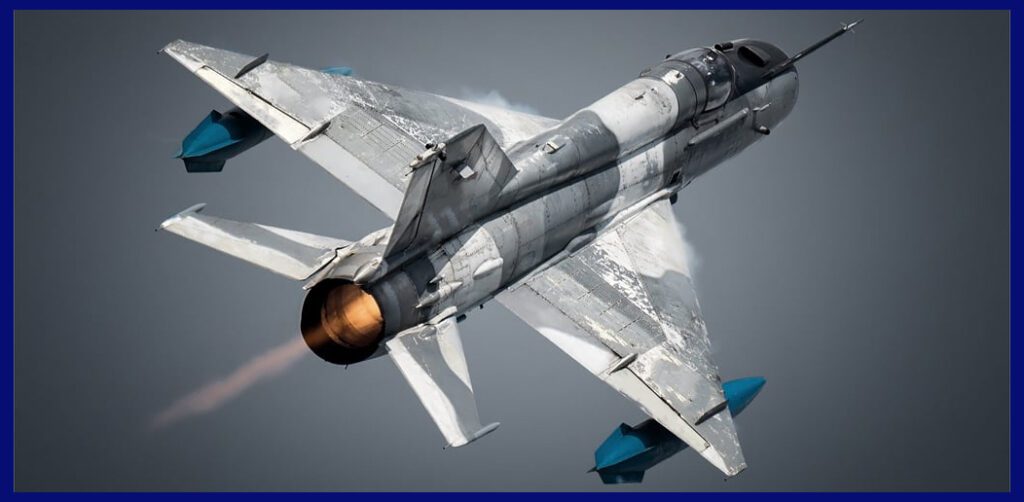
Development of the Mikoyan-Gurevich MiG-21
The MiG-21, a supersonic jet fighter crafted by the Soviet Union, emerged in the early 1950s as a response to the changing requirements for a lightweight, high-speed interceptor. This design marked a progressive step from earlier Soviet jet fighters, which included the subsonic MiG-15 and MiG-17, as well as the supersonic MiG-19. Various experimental Mach 2 Soviet designs explored concepts such as nose intakes paired with swept-back wings.

Leading the development were chief designer Artem Ivanovich Mikoyan and his deputy, Mikhail Iosifovich Gurevich. In 1954, Mikoyan OKB completed a preliminary design study for a prototype designated Ye-1. However, issues with the intended engine led to a substantial rework of the project, resulting in the creation of the second prototype, the Ye-2. Early prototypes, like the Ye-2, featured sweeping wings with limited success.
The Ye-4, a pivotal prototype that introduced the delta wings found in subsequent production variants, led to the ordering of several further prototypes in each configuration. The delta-winged Ye-5 was judged marginally superior and chosen as the basis for the MiG-21, which made its maiden flight in 1955 and showcased its capabilities during the Soviet Aviation Day display at Moscow’s Tushino airfield in 1956. Subsequently, the West became acquainted with this mighty design.

MiG-21 Production: A Precise Overview
The NATO reporting name for the MiG-21 was Fishbed, and Mikoyan OKB completed the design, incorporating a highly swept delta wing, a conventional fin and tailplane, and a retractable tricycle undercarriage with the main wing-mounted units folding inwards. It is specifically designed to function as a supersonic interceptor aircraft. The cockpit is seamlessly faired into the fuselage, featuring a spine that extends back to the leading edge of the fin.
The first large-scale production aircraft was the MiG-21 F-13, known as ‘Fishbed-C.’ Subsequent variants included the MiG-21P, featuring an enlarged spine fairing; the MiG-21PF (export version MiG-21FL) with a broader vertical tail, ventral gun pack, and modified radar; and the MiG-21 PFS and MiG-21 PFM, equipped with a separate windshield and canopy, as well as enhanced power capabilities. These developments marked the evolution of the MiG-21 as the first Soviet, second-generation jet fighter.
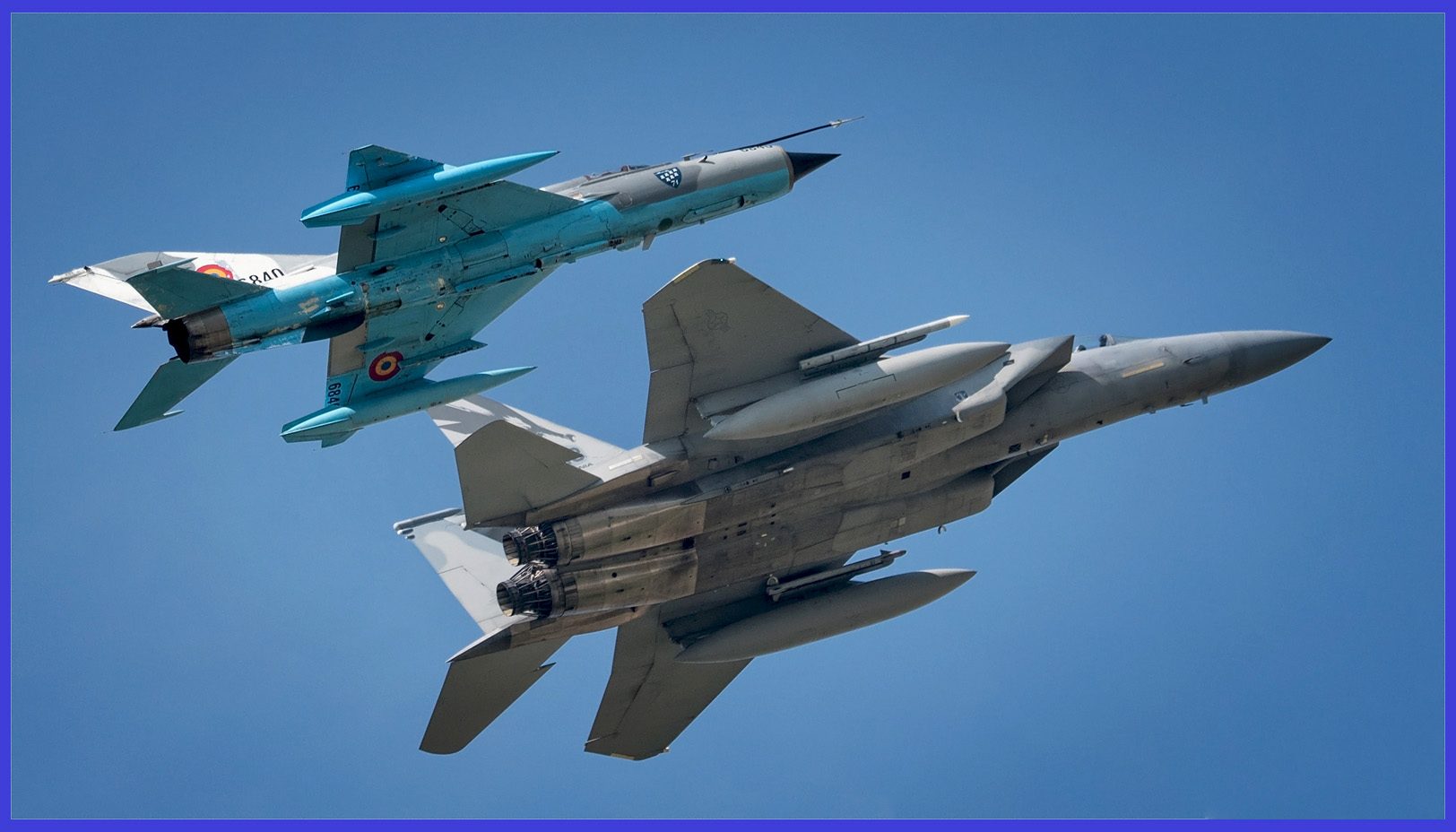
In total, 11,679 MiG-21s were built, with 10,645 produced in the USSR, 840 in India, and 194 in Czechoslovakia, spanning the years from 1959 to 1985. Additionally, the Chinese Chengdu J-7 (F-7 for export) is included in this lineage, with its first flight occurring on 17 January 1966. The MiG-21 has been operated by 60 countries across four continents, and it continues to serve many nations six decades after its maiden flight. It set aviation records, becoming the most-produced supersonic jet aircraft in aviation history.
Over the years, numerous variants were produced, each incorporating improvements in avionics, weaponry, and performance. The last version of the MiG-21 was the MiG-21 Bis, featuring a significantly enlarged dorsal spine. Alongside the single-seat MiG-21s, the tandem two-seat MiG-21 U and MiG-21 UM ‘Mongol’ trainers were also manufactured.

An Overview of the Indian Air Force’s MiG-21
India stands out as the largest international operator of MiG-21s. In 1961, the Indian Air Force (IAF) made the strategic choice to acquire the MiG-21 over various Western competitors. This decision came with a comprehensive agreement, as the Soviet Union granted India complete technology transfer and rights for local assembly. The pivotal moment arrived in 1963 when the MiG-21 became the first supersonic fighter jet to enter service with the IAF. While Hindustan Aeronautics Ltd. (HAL) collaborates with MiG-MAPO to conduct major upgrades, India has successfully integrated more than 1,200 MiGs into its air force. As of 2019, 113 MiG-21s continue their operations under the designation “Bison.”

On 11 December 2013, India bid farewell to its second-generation supersonic jet fighter, the MiG-21FL, after an impressive 50 years of service. Looking ahead, the Indian Air Force has outlined plans to decommission all MiG-21Bison aircraft by the year 2025-26.

The Operational History of the Indian MiG-21
The Mikoyan-Gurevich MiG-21 has had a long and significant operational history with the Indian Air Force (IAF), making it one of the most iconic and enduring fighter aircraft in India’s military aviation. Here’s an overview of its operational history in India:
Indo-Pakistani War of 1971: The growth of the Indian Air Force (IAF) MiG-21 fleet following the Indo-Pakistani War of 1965 signified the evolution of the Indian-Soviet Union military partnership. This collaboration empowered India to establish a potent air force capable of countering threats from China and Pakistan. The capabilities of the MiG-21 were thoroughly assessed during the Bangladesh Liberation War. Throughout the conflict, the MiG-21s played a pivotal role in securing air superiority for the IAF over critical points and areas in the western theatre of the war.

During the 1971 war, the subcontinent witnessed its inaugural supersonic air combat when an Indian MiG-21FL successfully engaged and claimed a PAF F-104A Starfighter using its GSh-23 twin-barrelled 23 mm cannon. As the hostilities concluded, the IAF MiG-21FLs had accomplished notable successes, including four claimed PAF F-104As, two PAF Shenyang F-6s, one PAF North American F-86 Sabre, and one PAF Lockheed C-130 Hercules.
Additionally, two more F-104s were critically damaged by MiG-21 fighters. In the aftermath of the war, Pakistan decommissioned all F-104s. The Indian MiGs emerged as clear victors in the much-anticipated air combat between the MiG-21FL and the Pakistani F-104A Starfighter, sourced from the USA.

Kargil Conflict (1999): In the course of this conflict, several prominent IAF jets, including the Mirage 2000, Jaguar, and MiG-27s, played pivotal roles in critical tasks. However, the MiG-21s, assigned to air patrols and providing cover over the conflict zone, faced an unfortunate incident. A Pakistani soldier shot down one MiG-21 using a shoulder-fired MANPADS missile while it was on a reconnaissance mission during the Kargil War.
Post the conflict, precisely on 10 August 1999, two MiG-21FLs from the Indian Air Force intercepted and successfully downed a Pakistani Bréguet 1150 Atlantic maritime patrol aircraft using an R-60 missile. The Pakistani aircraft was allegedly in Indian airspace for surveillance, resulting in the tragic loss of all crew members on board. Overall, The MiG-21 played a crucial role in both air-to-air combat and ground attack missions.

Engagement and Downing of F-16 Fighting Falcon: In the aftermath of the Pulwama attack in Indian-administered Jammu and Kashmir, a military escalation unfolded between India and Pakistan. Reacting to a terrorist assault on Indian paramilitary forces in Pulwama, India carried out airstrikes on terrorist training camps in Balakot, Pakistan-administered Kashmir, on February 26, 2019. The following day, on February 27, both India and Pakistan were involved in aerial skirmishes along the Line of Control (LoC), which serves as the de facto border in Kashmir.
During this confrontation, the IAF scrambled aircraft to intercept Pakistani fighter jets that violated Indian airspace. In the ensuing air battle, a MiG-21 Bison, a variant upgraded by Russia, engaged with the Pakistani Air Force’s F-16. In the dogfight that followed, the MiG-21, piloted by Wing Commander Abhinandan Varthaman, shot down the F-16 with a Russian-made R-73 air-to-air missile.

However, during the engagement, Wing Commander Abhinandan’s MiG-21 was also hit by another F-16, but he was ejected over Pakistani territory. He was subsequently captured by Pakistani forces but was later released as a goodwill gesture, contributing to the de-escalation of tensions between the two nuclear-armed neighbours.
This incident underscored the gravity of the military confrontation between India and Pakistan, drawing international attention. Notably, the downing of a fourth-generation F-16 by a second-generation MiG-21 symbolized the capability and resilience of the Indian Air Force in the face of a challenging situation.

Widely Battle-Tested MiG-21 in Other International Operations
The Mikoyan-Gurevich MiG-21 has played a pivotal role in numerous successful military operations and conflicts since its introduction in the late 1950s. It boasts a notable record of N-number aerial combat victories against Western aircraft in various instances. Some noteworthy examples include the Arab–Israeli conflicts (1967), the Vietnam War (1965-1975), the Yom Kippur War (1973), the Iran-Iraq War (1980-1988), the Angolan Civil War (1975-2002), the Syrian Civil War (2012-2017), the Libyan–Egyptian War (1977-1979), and the Horn of Africa conflict (1977–78).

While the MiG-21 has been involved in successful operations, it’s important to note that its combat record varies, and its performance has been influenced by factors such as pilot skill, tactics, and technological advancements in opposing aircraft. Despite its age, the MiG-21 has remained in service with several air forces and has seen action in various conflicts around the world.
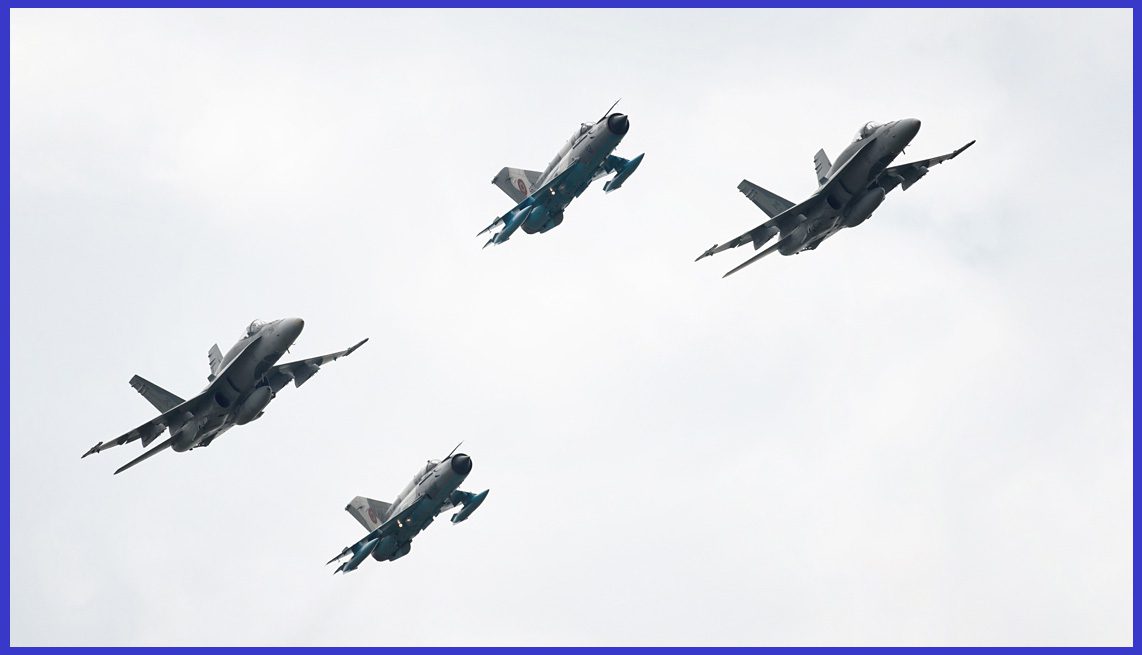
Specifications of the MiG-21 Bison
- Crew Configuration: 1 or 2, Depending on the Variant
- Length: 48 ft 3 in (14.7 m)
- Wing Span: 23 ft 6 in (7.15 m)
- Height: 13 ft 6 in ( 4.13 m)
- Wing area: 23 m2 ( 247.5 sq ft )
- Powerplant: 1 × Tumansky R-25-300 afterburning turbojet, 40.18 kN ( 9,030 lb st ) thrust dry, and 69.58 kN ( 15,640 lb st ) with afterburner
- Weights: Take-off Weight: 8,800 kg ( 19,401 lb ) on an unprepared runway and 9,800 kg ( 21,605 lb ) on a paved runway ( with three drop-tanks & two AAMs )
- g limits: max 7g
- Performance: Maximum speed 2,175 km/h ( 1,351 mph ) / Mach 2.05 at 43,000 ft. and 1,300 km/h ( 810 mph ) / Mach 1.06 at Sea Level
- Range: With internal fuel 660 km (410 mi) and 793 km (493 mi) with external drop-tank
- Service ceiling: 57,400 ft (17,500 m)
- Initial Climb rate: 56,000 ft (17,000 m) in 8 min 30 sec
- Armaments: Guns x 1 internal 23 mm GSh-23L Cannon with 200 rounds
- Hardpoints: 5 ( 4 underwings + 1 ventral, reserved for fuel drop tank ), Designed with the capability to carry various combinations of rockets, and air-to-air missiles like R-27 Alamo, R-60 Aphid, R-73 Archer, and bombs.

Moreover, don’t miss the golden opportunity to own an exquisite and awe-inspiring scale model of the MiG-21PMF fighter jet equipped with the Vympel R-73 Missile, conveniently available exclusively on AirModels. These remarkable and iconic military fighter jets boast an impeccable track record and are now available for purchase with worldwide delivery. Click here now to secure your piece before the limited stock is depleted.
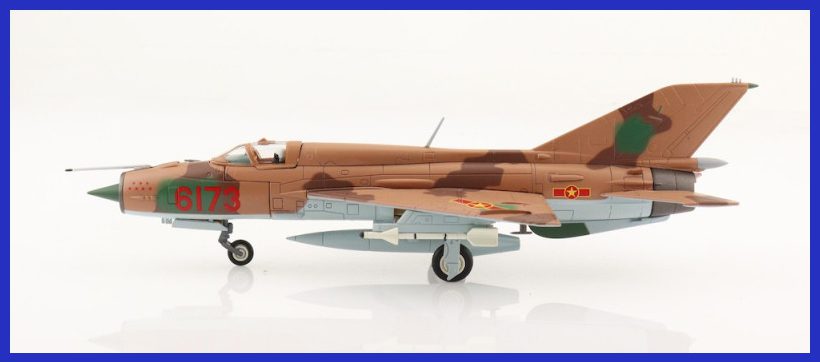
In conclusion, the Mikoyan-Gurevich MiG-21 holds a significant place in the annals of military aviation. Its legacy as a supersonic fighter aircraft, renowned for its speed, manoeuvrability, and versatility, remains prominent. The MiG-21’s lightweight design and agile performance made it a formidable presence during the Cold War era and in conflicts around the world.
While its operational role has diminished over time, the MiG-21’s impact on aviation history is undeniable. It stands as a testament to the ingenuity and engineering prowess of the Soviet Union and serves as a symbol of the advancements achieved in the field of military aircraft.
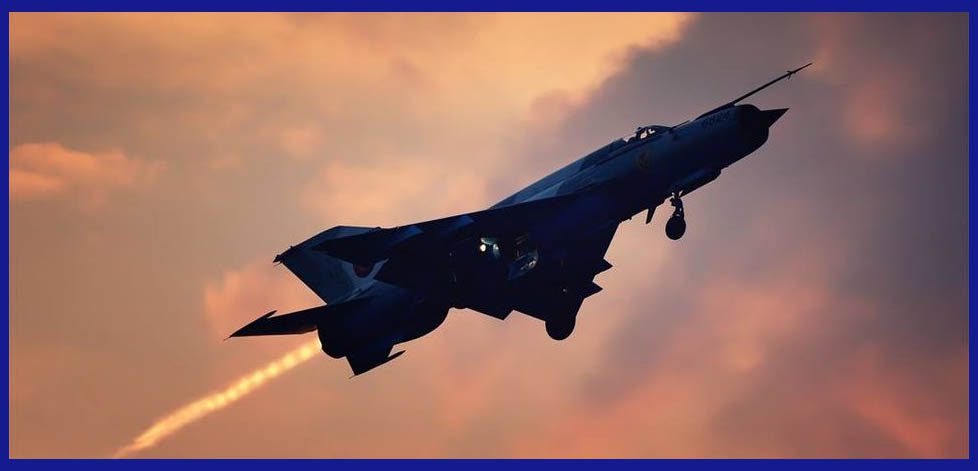
Important Announcement for Our Valued Readers!
After an article is published, it is possible that updates or changes may have occurred beyond the time of publication. Therefore, it is important to be aware that certain information in the article might be outdated. To ensure the most accurate analysis, it is highly recommended to verify the content with the latest sources available.
However, we are dedicated to delivering outstanding articles on military products and global updates. Maintaining quality and smooth operation requires resources. Your support sustains our efforts in providing insightful content. By purchasing high-quality products through our affiliated links, you help us keep our platform alive and acquire top-notch items. Your unwavering support is invaluable and inspires us to strive further.
We welcome your suggestions and requests for more information, as we value feedback from our readers. If there’s specific defence material or equipment not covered on our site, please share your request in the comments. We’ll strive to research and provide the required information. We sincerely thank you for your unwavering interest in our website, and we eagerly anticipate hearing from you! Enjoy your reading experience!
